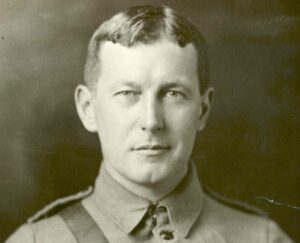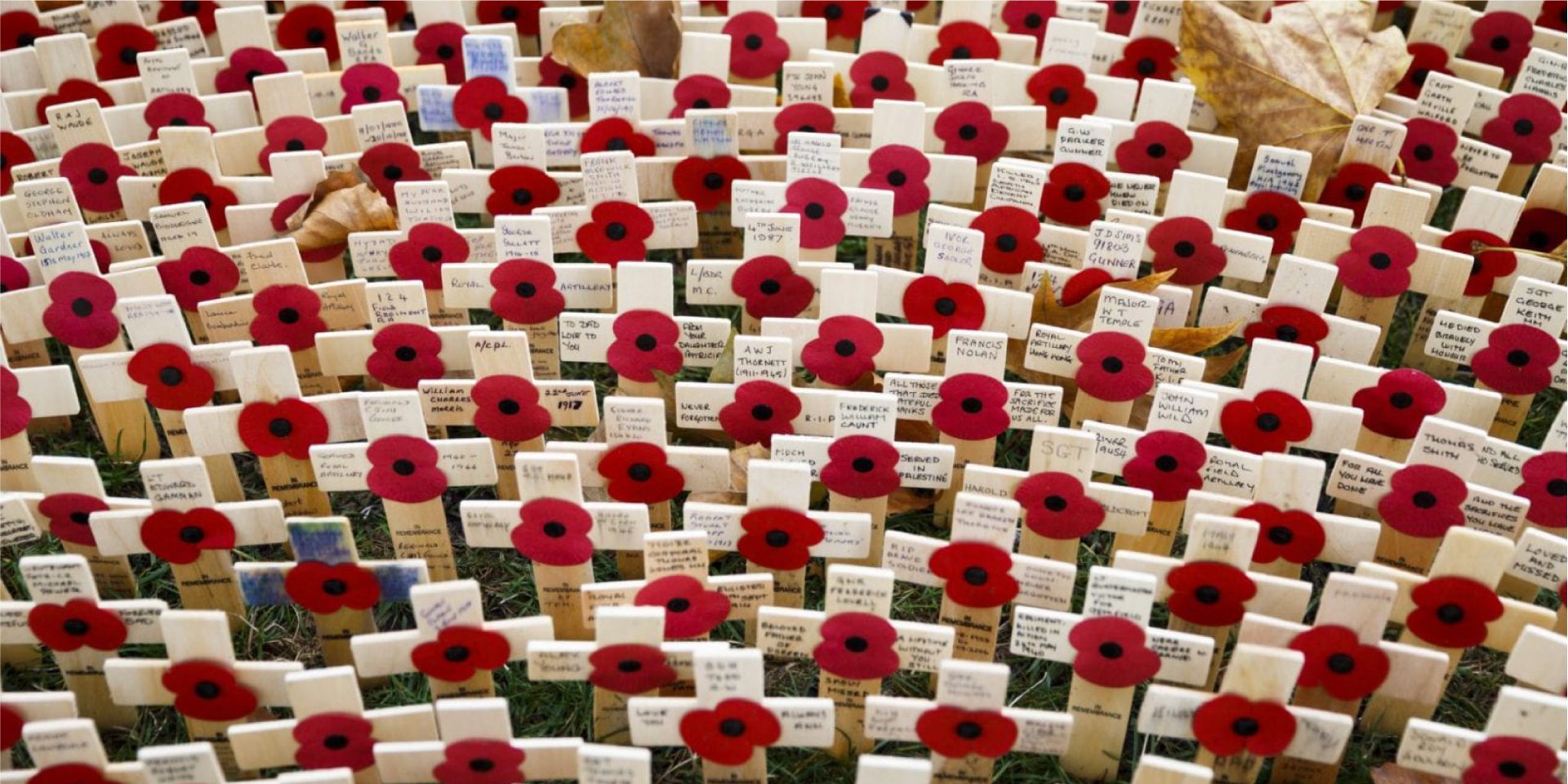Today we have the opposite of #ForgottenFriday: #RemembranceThursday
100 Years of the Poppy
Today we mark 100 years of the Poppy Appeal. Red poppies have evolved over the last 100 years but remain an enduring symbol of remembrance and a hope for a peaceful future.

The poppy has a long association with Remembrance Day. But how did the distinctive red flower become such a potent symbol of our remembrance of the sacrifices made in past wars?
Scarlet corn poppies (popaver rhoeas) grow naturally in conditions of disturbed earth throughout Western Europe. The destruction brought by the Napoleonic wars of the early 19th Century transformed bare land into fields of blood red poppies, growing around the bodies of the fallen soldiers.

In late 1914, the fields of Northern France and Flanders were once again ripped open as World War One raged through Europe’s heart. Once the conflict was over the poppy was one of the only plants to grow on the otherwise barren battlefields.

The significance of the poppy as a lasting memorial symbol to the fallen was realised by the Canadian surgeon John McCrae in his poem In Flanders Fields. The poppy came to represent the immeasurable sacrifice made by his comrades and quickly became a lasting memorial to those who died in World War One and later conflicts.
It was adopted by The Royal British Legion as the symbol for their Poppy Appeal, in aid of those serving in the British Armed Forces, after its formation in 1921.
Here at Eden Camp every year we raise money for the appeal, holding remembrance services and thanking those who sacrificed their lives for us today.
 We Will Remember Them
We Will Remember Them


